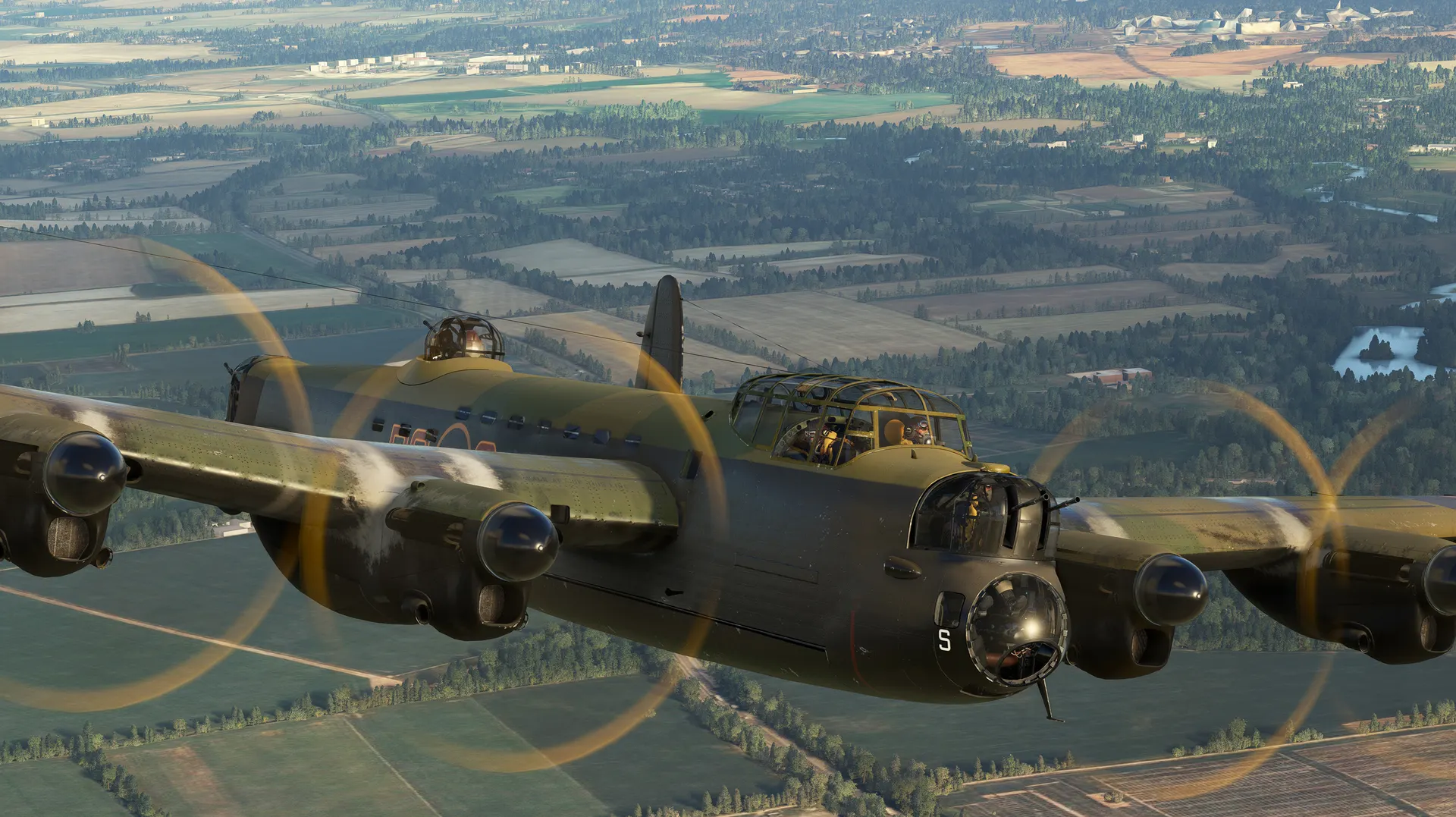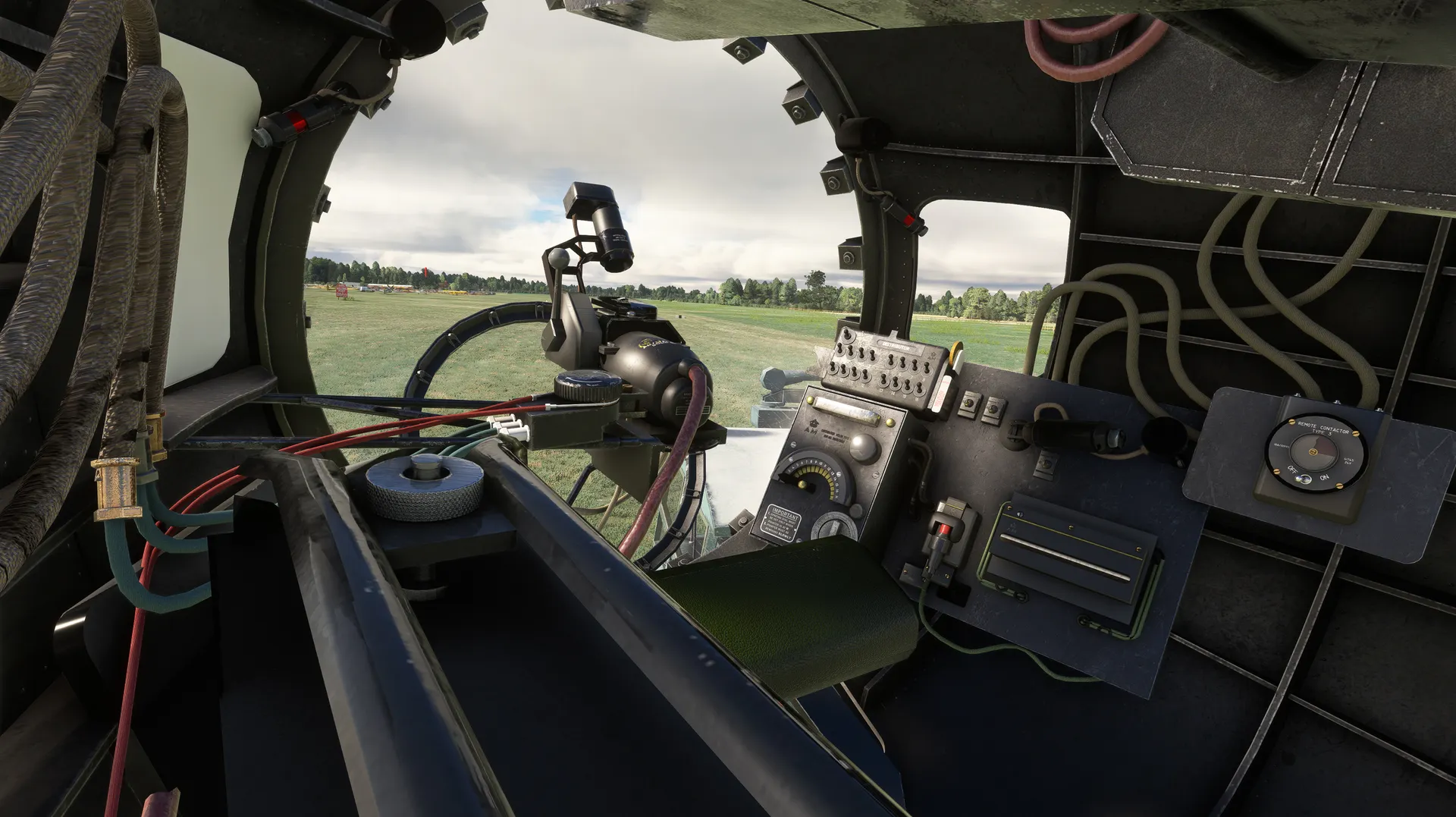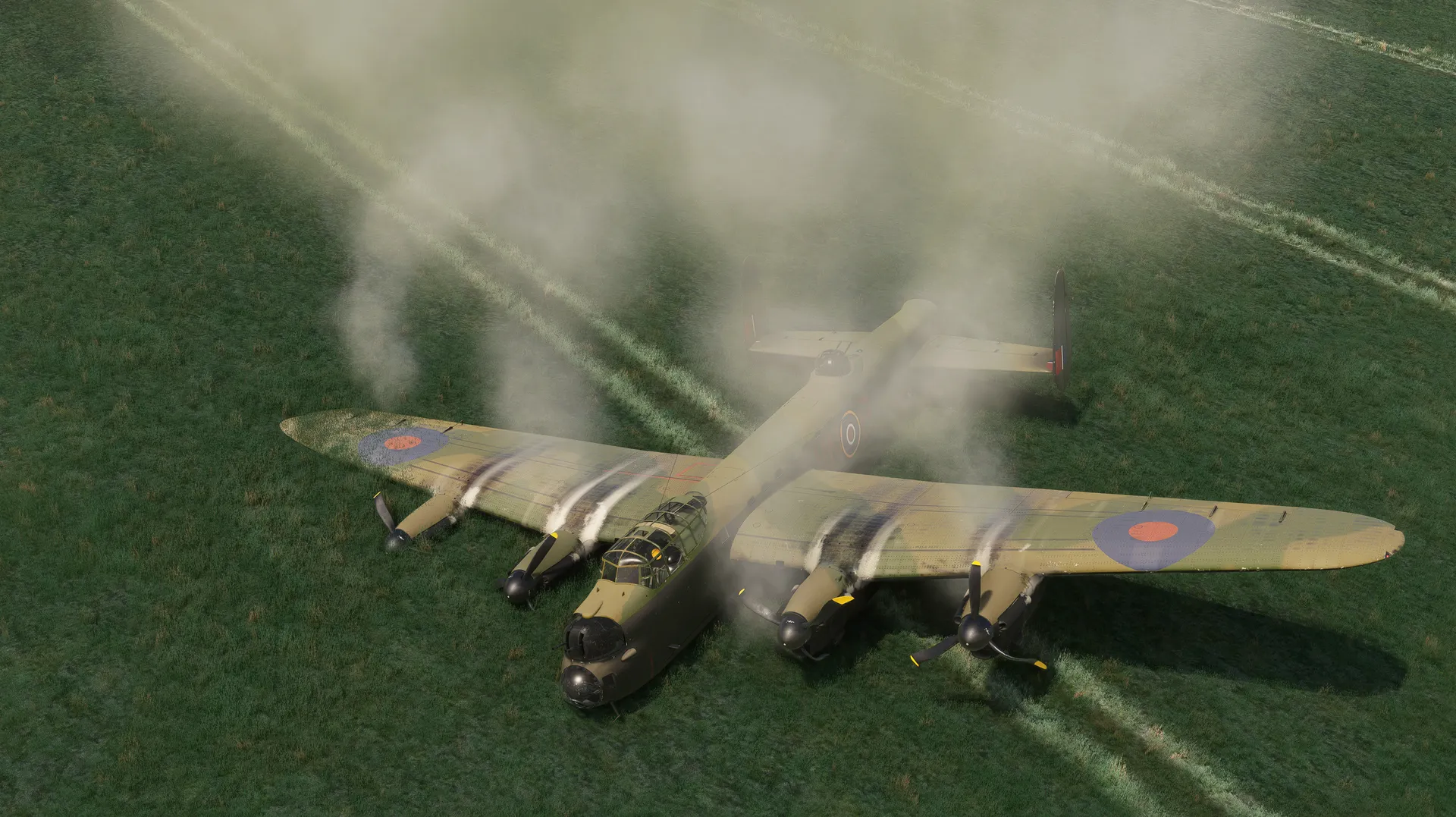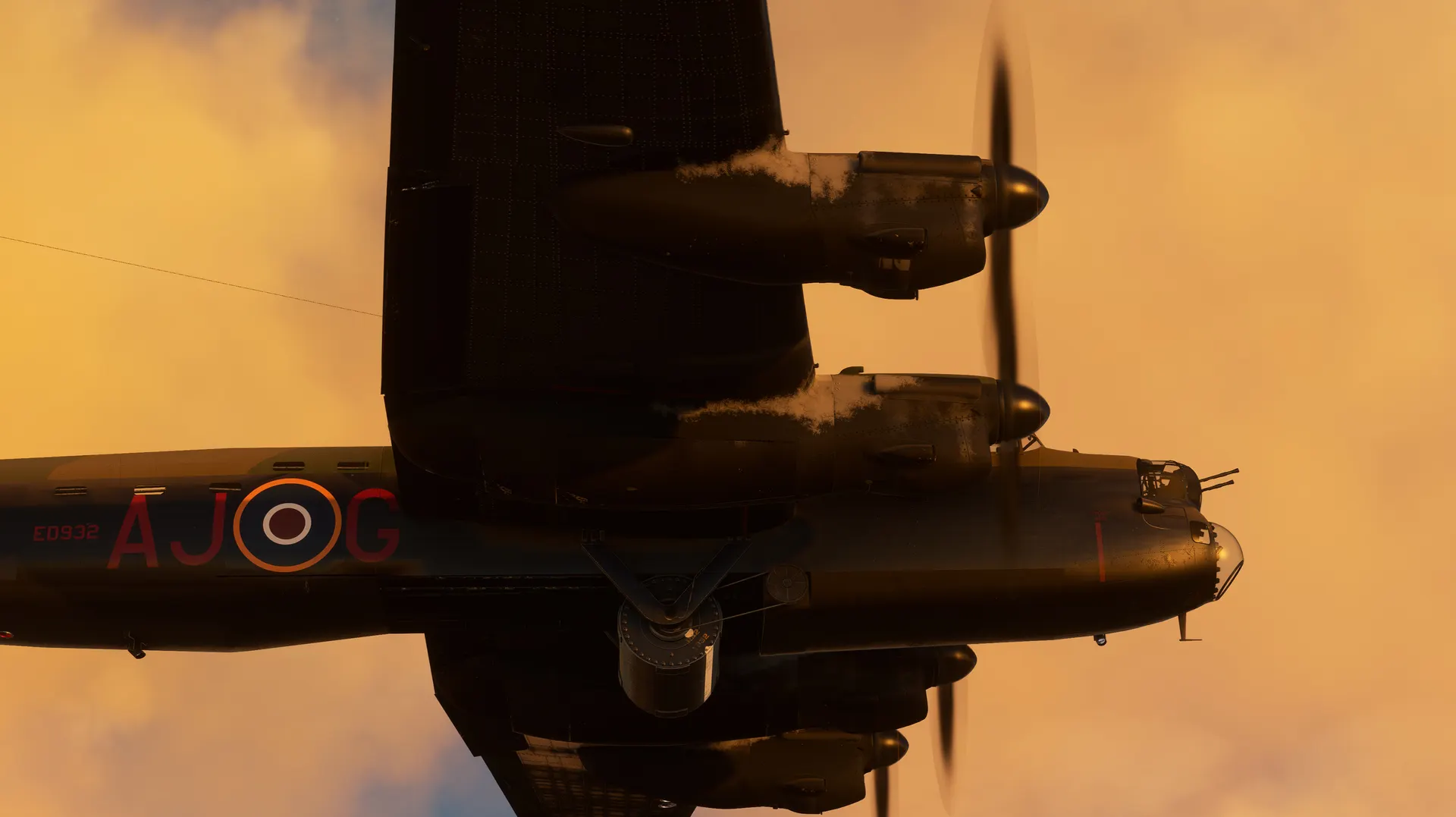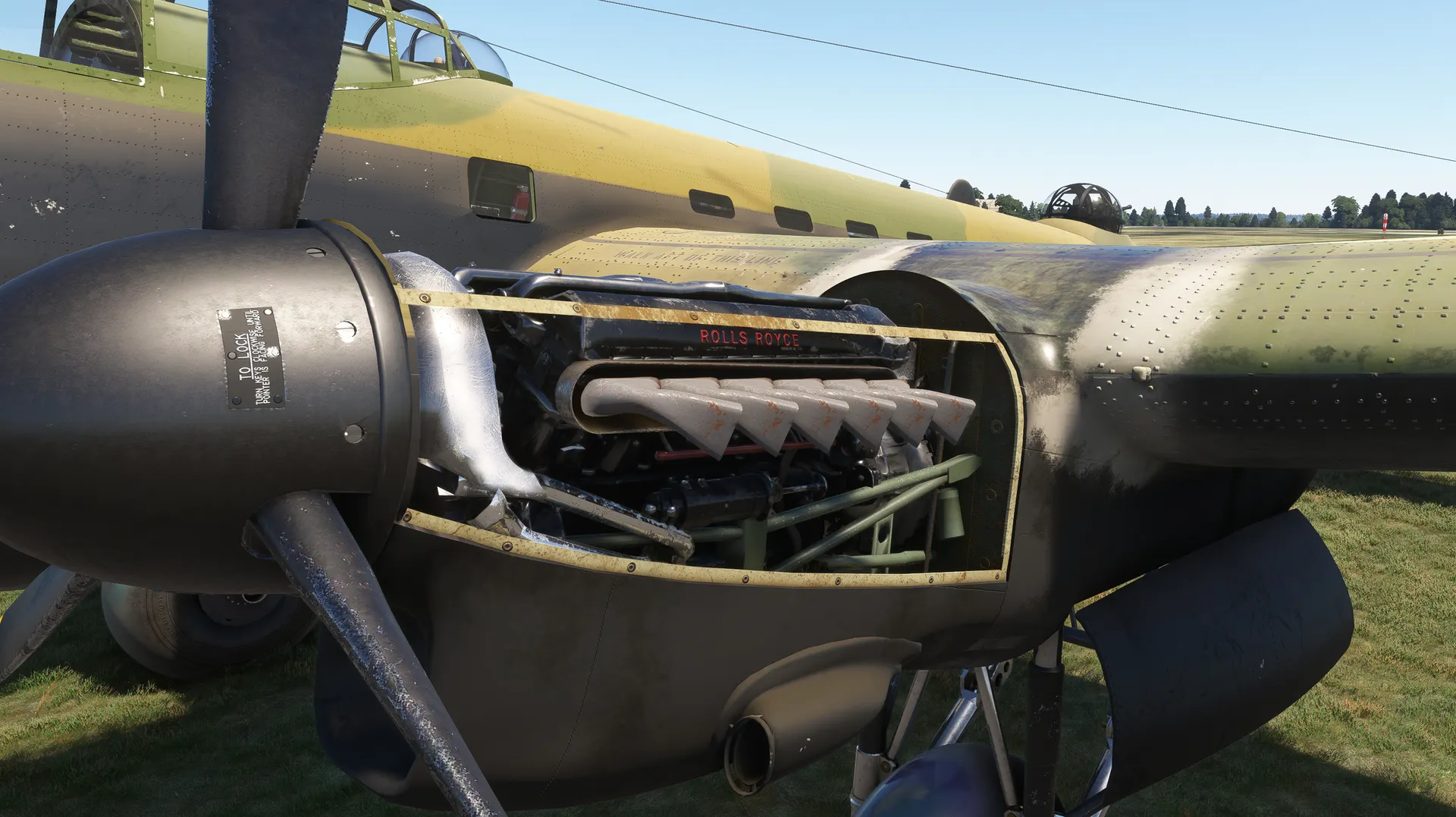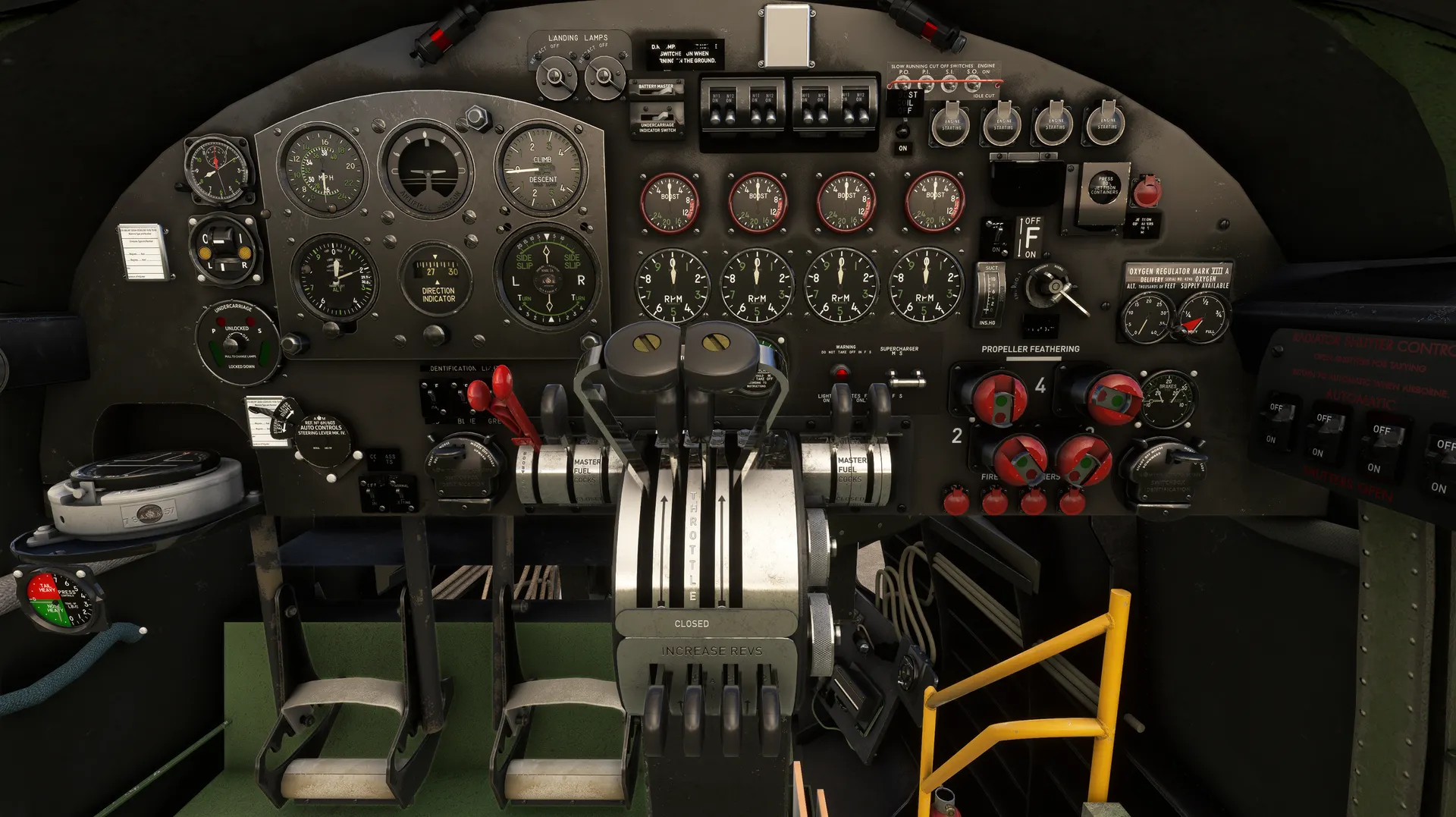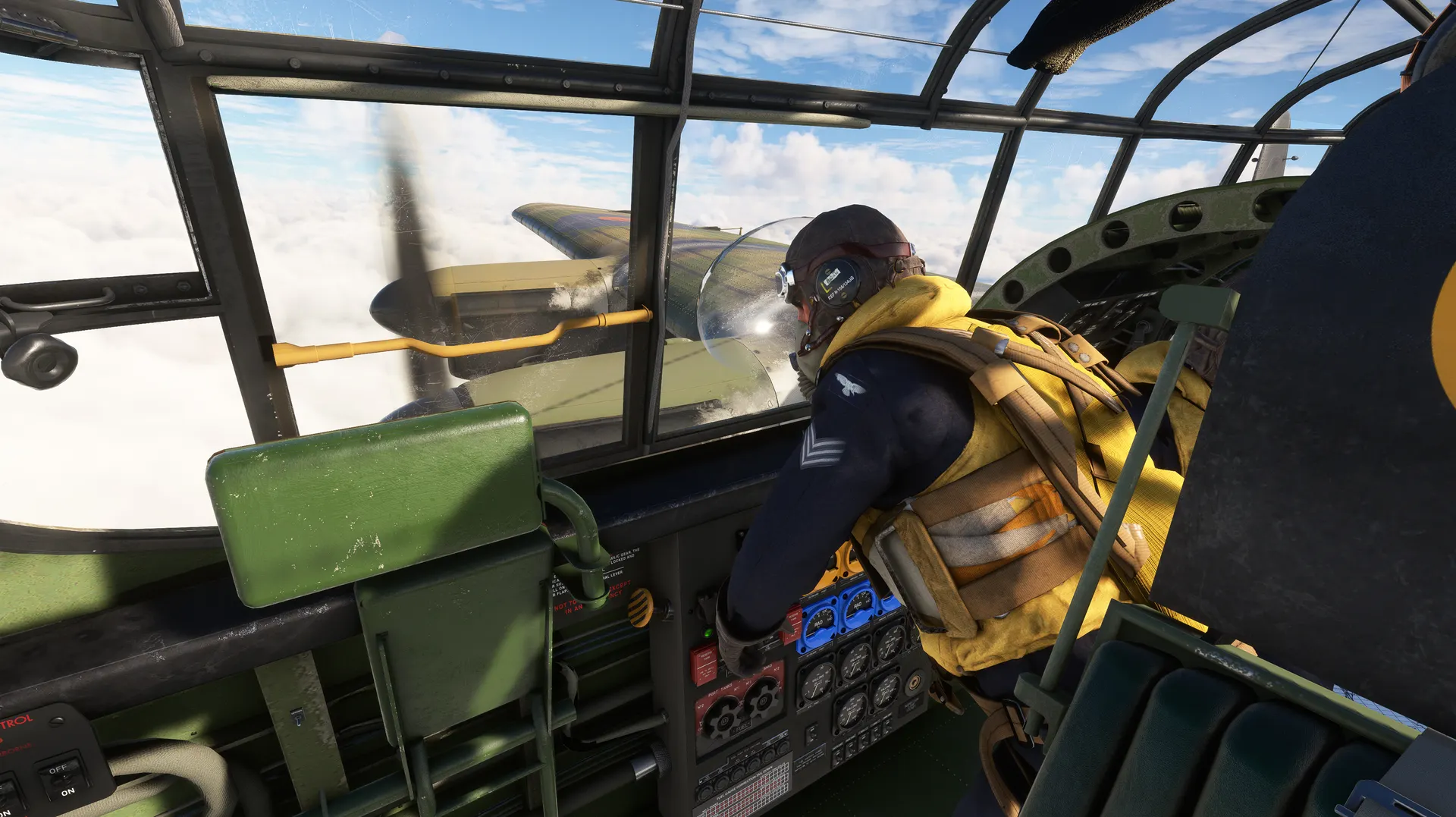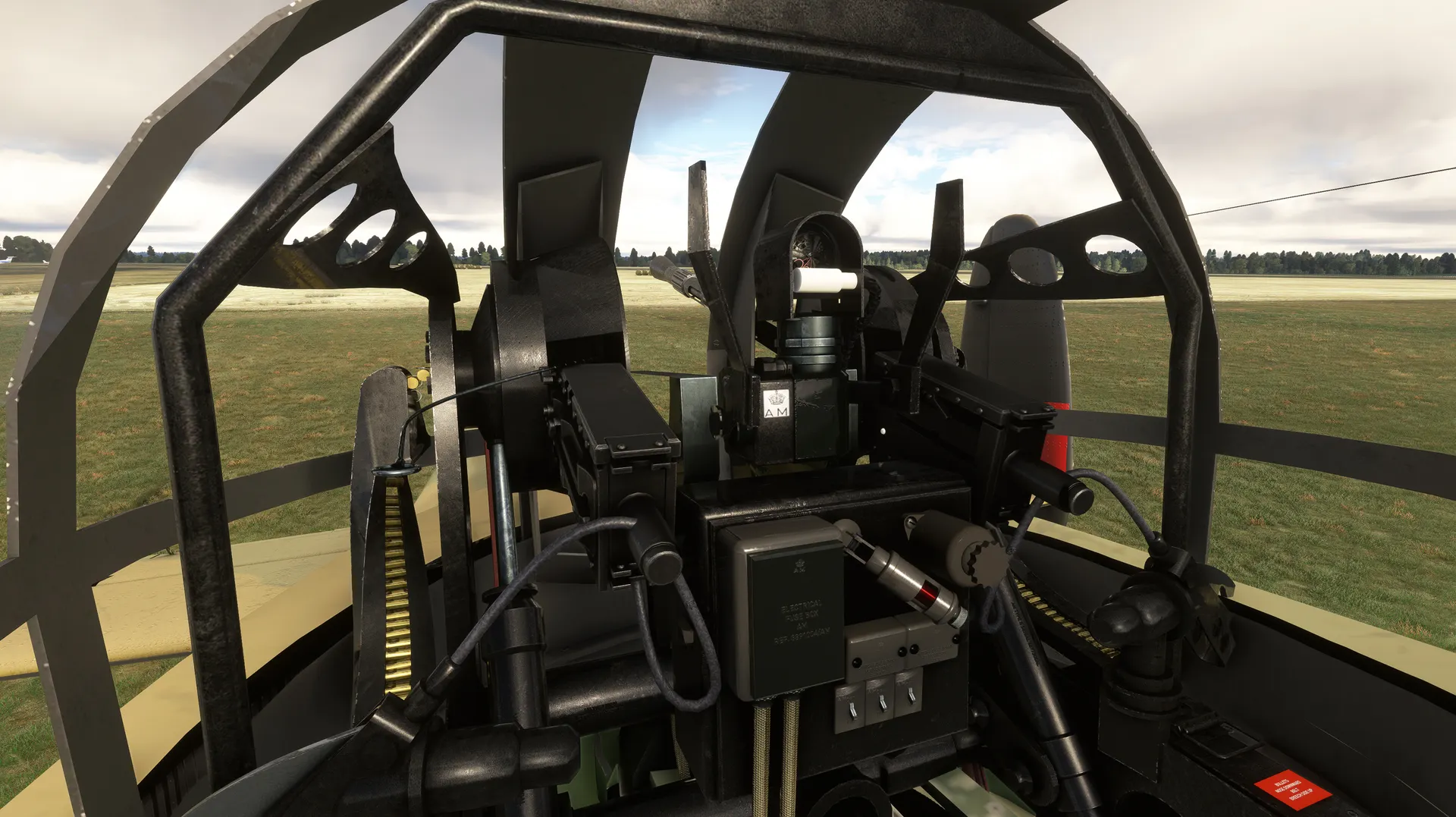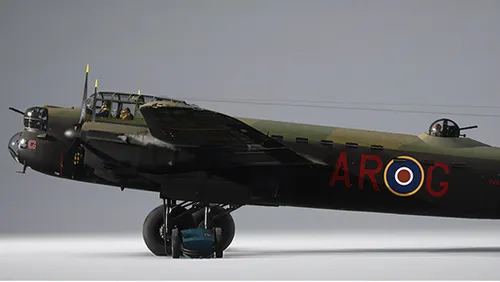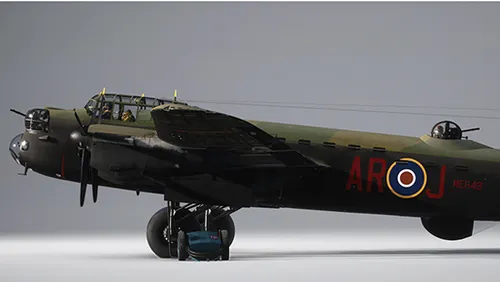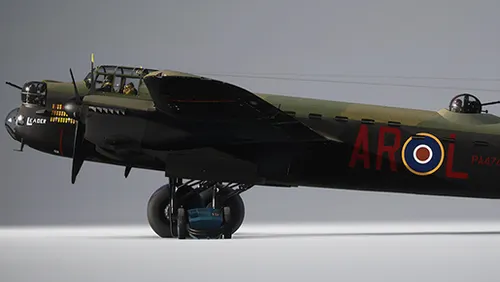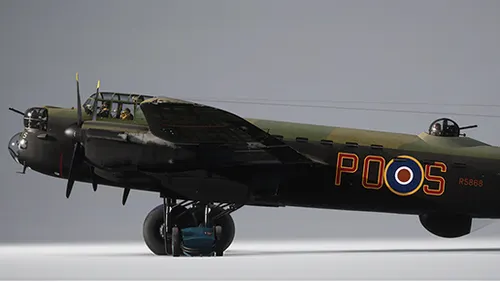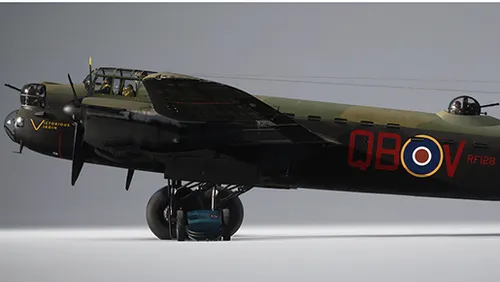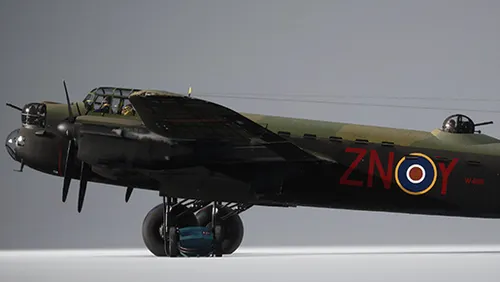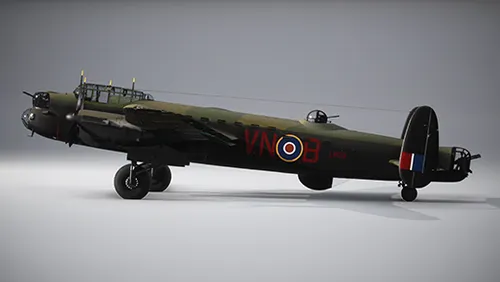- USD 34.99
- View more offers at FS Addon Compare
- Added: July 31, 2025
- Updated: September 4, 2025
The Avro Type 683 Lancaster actually started life in 1937, as a two-engined design - the ill-fated Manchester. Although the Manchester was an advanced aeroplane for the time, early problems with stability saw the addition of a third fin on the rear fuselage. First flown on July 25, 1939, 200 Manchester Mk.1s were built and delivered to the RAF. A much revised, four-engined version of the Manchester took to the air in October, 1941. Gone was the middle fin and four improved Rolls Royce engines gave the new design excellent performance. Pilots loved the new machine and a new name - Lancaster was given to the aeroplane to expunge any of the legacy of the flawed Manchester. The first production aircraft took to the air on October 31, 1941 followed by orders which would lead to a total of 7,734 airframes being built over the life of the type. The first squadron to receive the new bomber was No 44 (Rhodesia) Squadron who carried out it’s first operational mission, mine-laying in the Heligoland Bight on March 3, 1942. Numerous and famous raids were undertaken by RAF Lancasters throughout the war but perhaps the most notable was ‘Operation Chastise’, the raid on several dams in Germany’s industrial heartland. The ‘Dam Busters Raid’, as it became known, was only made possible by the development of a cylindrical mine which required the aircraft to fly at just 60 ft and at an exact speed. Once released, the “bouncing bomb” would skip over the surface of the water until striking the dam wall and sinking to its base where the bomb would explode, rupturing the dam. 617 Squadron, led by Wing Commander Guy Gibson carried out the raid with great success, destroying or severely damaging all targets. In another raid in November 1944, 617 Squadron was joined by 9 Squadron Lancasters carrying enormous 12,000 lb bombs in specially converted bays. The Lancasters sank the German battleship “Tirpitz” at its moorings. The Lancaster was capable of carrying and delivering a wide range of powerful ordnance including 8,000lb bombs and incenderies and toward the end of the war, a massive 22,000lb monster dubbed “Grand Slam”. The enormous bomb required a specially converted Lancaster (designated the B. Mk1 Special) and the weapon was used for the first time on March 14, 1945 to destroy the Bielefeld Viaduct. Right up to the very end of the war in Europe, Lancasters flew raids deep into the heart of Germany and the last sorties recorded were on 25 April 1945 against Hitler’s mountaintop retreat at Berchtesgaden. By the time the war ended, Bomber Command had 745 Lancasters with 56 front-line squadrons and a further 296 aircraft with training units. After the war many of these were used to repatriate 75,000 prisoners of war. In total, Lancasters had amassed 156,000 sorties. The very last operational sortie by a Lancaster took place on October 15, 1956. At the time of writing, only two examples of the Lancaster remain airworthy. Perhaps the more famous of the two is PA474 flying with the RAF Battle of Britain Memorial Flight and a regular visitor to airshows and memorial events. The other restored and airworthy Lancaster resides in Canada with the Canadian Warplane Heritage Museum.
